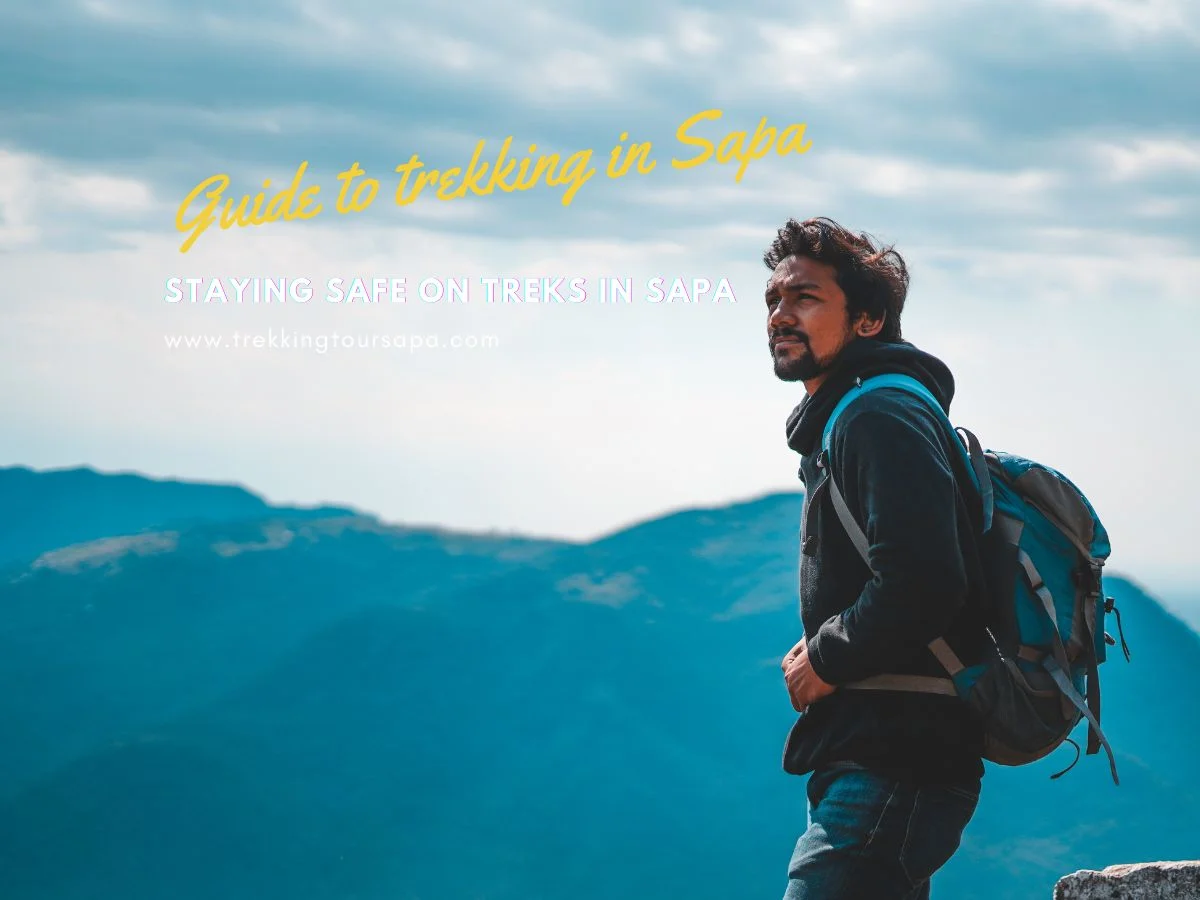Are you planning a trekking adventure in Sapa? It’s important to prioritize your safety during your journey. In this article, we will provide you with essential tips and guidelines to ensure a safe and enjoyable trekking experience in Sapa. From understanding the terrain and weather conditions to packing the right gear and equipment, we’ve got you covered. So, let’s dive in and discover how you can stay safe while exploring the stunning landscapes of Sapa.
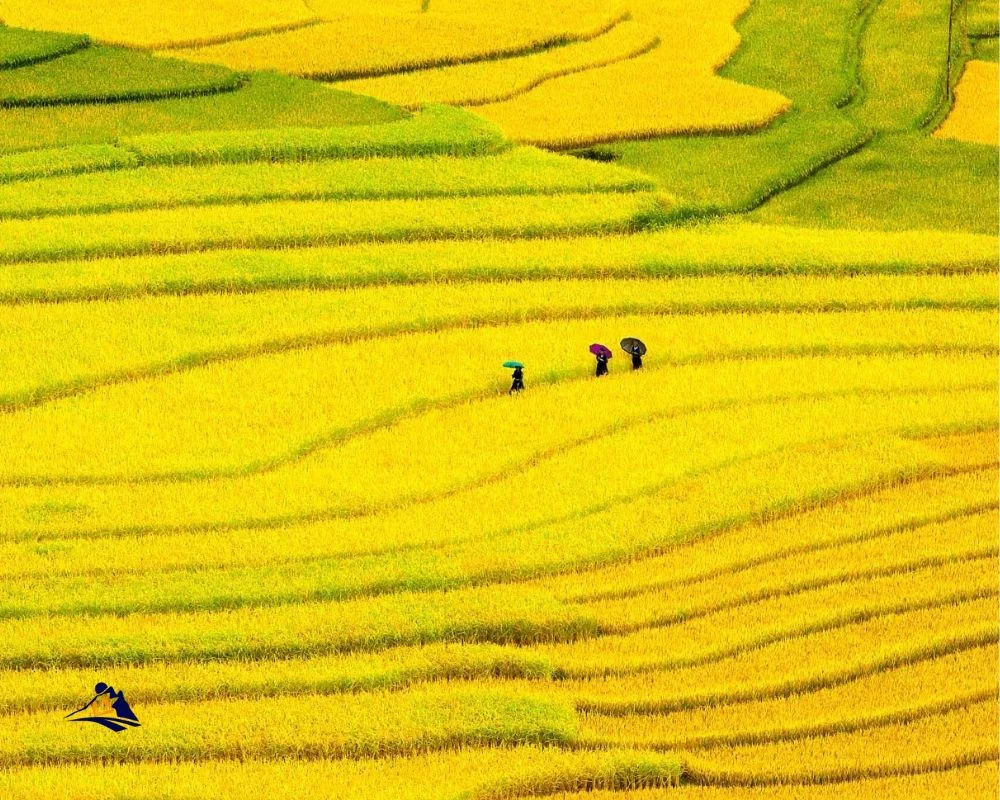
Sapa, located in the northwest region of Vietnam, is a popular destination for trekking enthusiasts due to its breathtaking mountains and vibrant ethnic minority communities. However, embarking on a trekking adventure in Sapa requires careful planning and preparation. It’s crucial to familiarize yourself with the terrain and weather conditions to anticipate any potential risks or challenges. Additionally, packing the right gear and equipment, such as sturdy hiking boots, waterproof clothing, and a reliable map, is essential to ensure your safety on the trails. By following these guidelines, you can have a memorable and secure trekking experience in Sapa.
Table of Contents
ToggleUnderstanding the Terrain and Weather Conditions
Understanding the terrain and weather conditions is crucial for ensuring a safe and enjoyable trek in Sapa, as the rugged landscapes and unpredictable weather patterns can present challenges that must be carefully navigated. Sapa is known for its mountainous terrain, with steep slopes, narrow paths, and rocky surfaces. Trekkers need to be prepared for uneven surfaces and be mindful of their footing to avoid accidents. It is also important to understand the elevation changes, as the higher altitudes can cause altitude sickness if not acclimatized properly. Therefore, it is recommended to start with shorter treks and gradually increase the difficulty level to allow the body to adjust.

In addition to the terrain, weather conditions in Sapa can be highly changeable. It is essential to check the weather forecast before embarking on a trek and be prepared for sudden changes. The region experiences a wet season from May to September, with heavy rainfall and muddy trails. Trekkers should pack appropriate rain gear, such as waterproof jackets and pants, and wear sturdy footwear to navigate through the muddy paths. During the dry season from October to April, the weather can be colder, especially at higher altitudes. Layered clothing is recommended to stay warm and adapt to temperature fluctuations throughout the day. It is also advisable to carry extra clothing in case of unexpected weather changes. By understanding the terrain and weather conditions, trekkers can plan their trips accordingly and be well-prepared to stay safe and enjoy their trekking experience in Sapa.
Packing the Right Gear and Equipment
Before embarking on your adventure, make sure you’ve got the right gear and equipment packed for an unforgettable trekking experience in Sapa. The first and most important item to pack is a sturdy pair of hiking boots. Sapa’s terrain can be challenging, with steep slopes and slippery paths, so having proper footwear is essential to prevent accidents and ensure stability. Additionally, pack a good quality backpack that is comfortable to carry and has enough space to store all your essentials. It should have padded shoulder straps and a waist belt to distribute the weight evenly and minimize strain on your back.
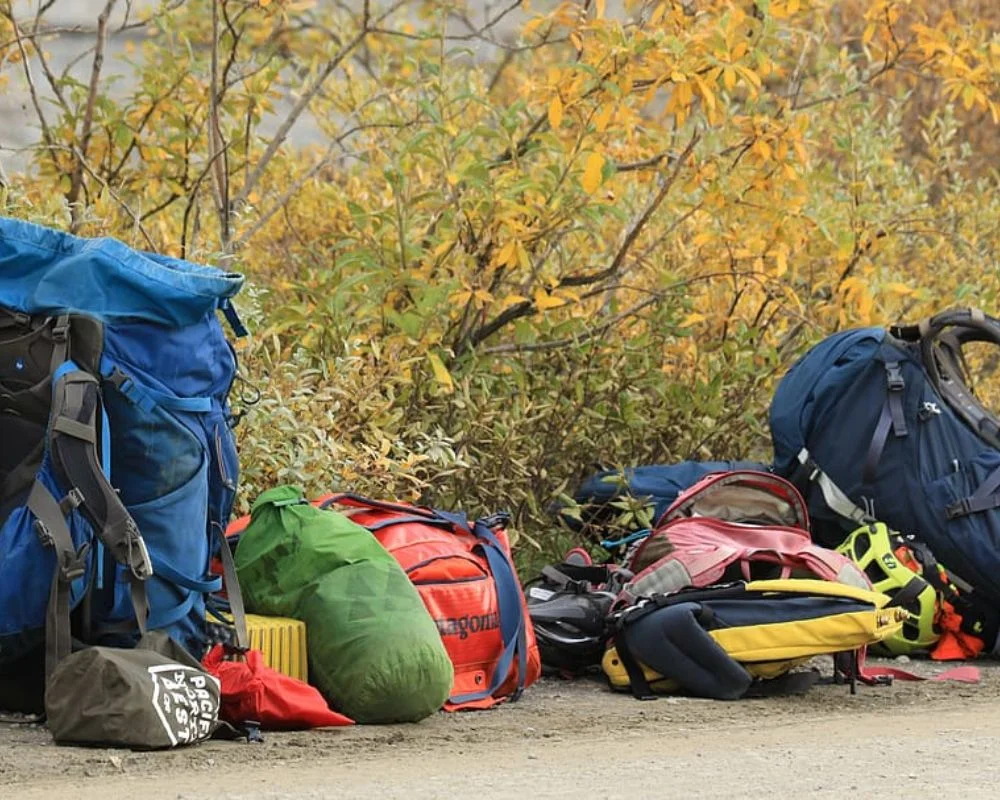
Next, don’t forget to pack appropriate clothing for the ever-changing weather conditions in Sapa. Layering is key, as the temperature can vary significantly throughout the day. Start with a moisture-wicking base layer to keep you dry and comfortable, followed by a warm insulating layer such as a fleece or down jacket. A waterproof and windproof outer layer is also essential to protect you from rain, wind, and unpredictable weather. Additionally, pack a hat, gloves, and a scarf to keep you warm during colder days and nights.
Sapa 1 Day Tours
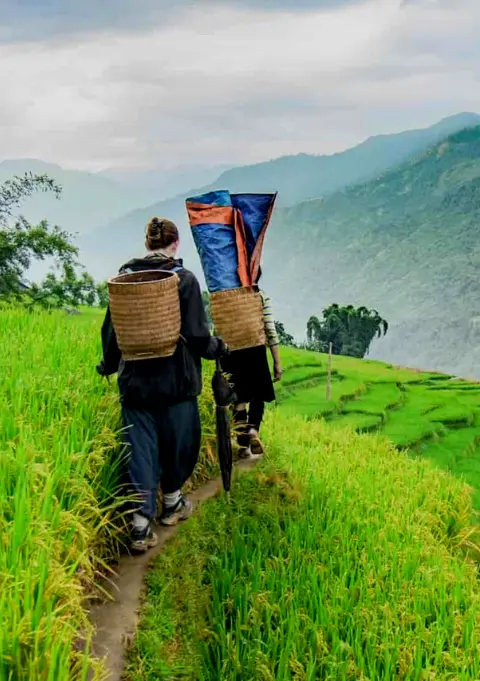
- 1 day experience
- Moderate to challenging
- Cultural immersion & active adventure
- Rice fields, valleys & villages
- Private tours
- Vegan-friendly
Sapa 2 Day Tours
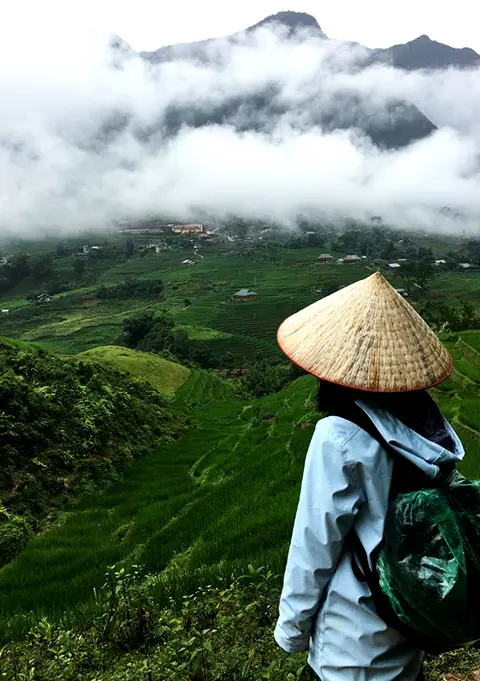
- 2 days 1 night experience
- Moderate to challenging
- Cultural immersion & active adventure
- Mountains, valleys, rice fields and villages
- Private tours
- Vegan-friendly
Sapa 3 Day Tours
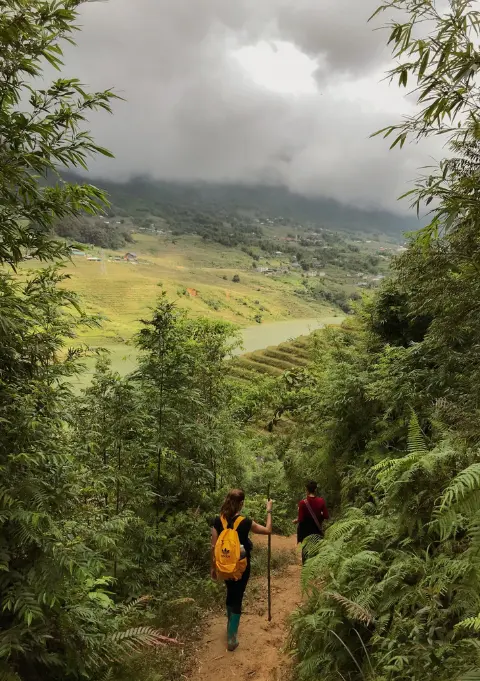
- 3 days 2 night experience
- Moderate to challenging
- Cultural immersion & active adventure
- Mountains, valley, rice fields & villages
- Private tours
- Vegan-friendly
Sapa 4 Day Tours
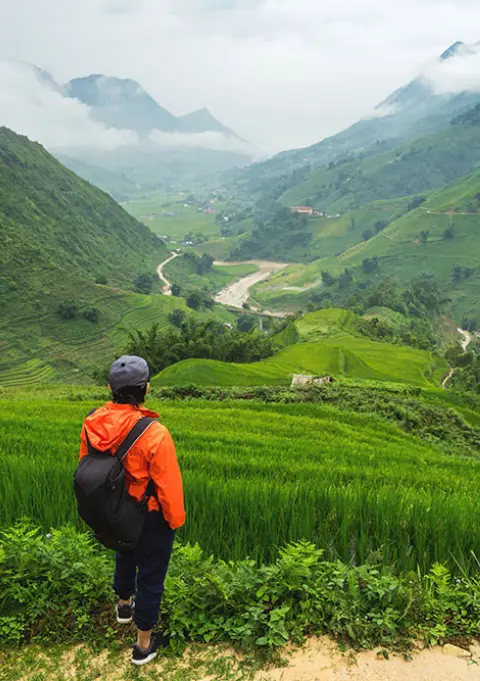
- 4 days 3 night experience
- Moderate to challenging
- Cultural immersion & active adventure
- Mountains, valleys, rice fields & villages
- Private tours – Less Touristic
- Vegan-friendly
Other essential items to include in your gear list are a headlamp or flashlight, a first aid kit, a map or GPS device, a whistle for emergencies, and a water bottle or hydration system. It’s also a good idea to bring snacks, such as energy bars or trail mix, to keep you fueled during long hikes. Lastly, don’t forget sunscreen, insect repellent, and a camera to capture the breathtaking landscapes of Sapa. By packing the right gear and equipment, you’ll be well-prepared for a safe and enjoyable trekking experience in this beautiful region.
Planning and Researching Your Route
When mapping out your adventure, it is crucial to thoroughly plan and research your route in order to maximize your trekking experience in Sapa. Sapa offers a variety of trekking trails, each with its own unique features and challenges. By taking the time to plan and research your route, you can ensure that you choose a trail that suits your fitness level and interests. Look for information on the difficulty level, distance, and estimated time for each trail. This will help you gauge whether the trek is suitable for you and how much time you need to allocate for it. Additionally, researching the route will give you insights into the scenic spots, viewpoints, and attractions along the way. This way, you can plan your breaks and stops accordingly to fully enjoy the natural beauty of Sapa.
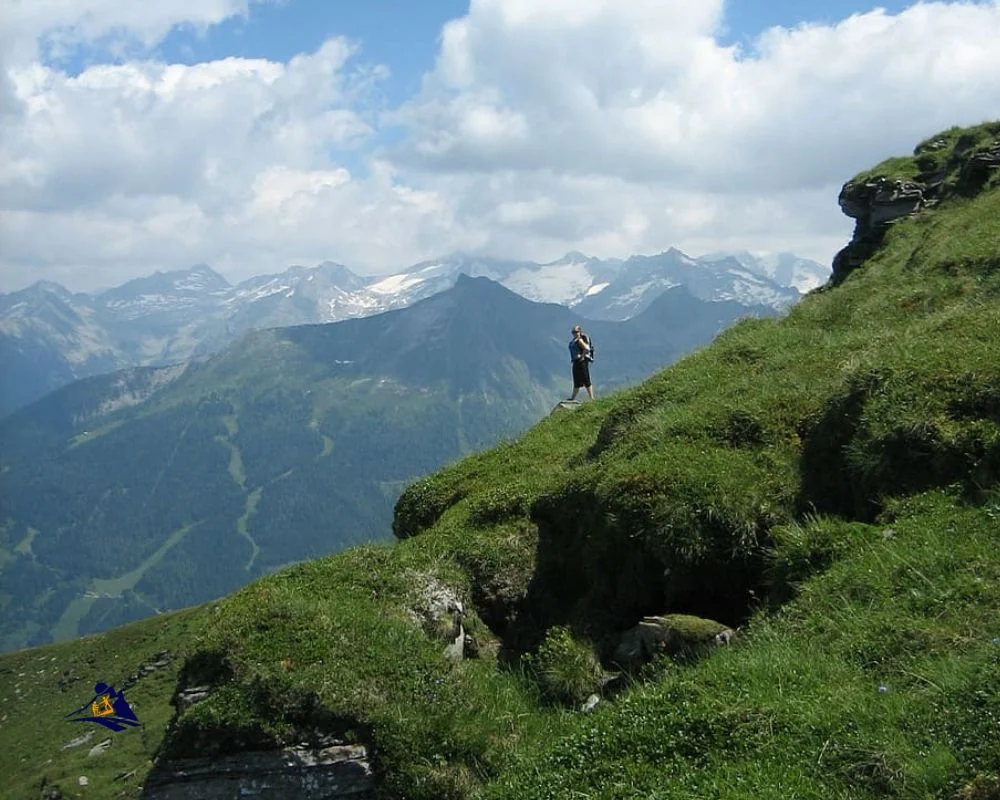
Furthermore, planning and researching your route will also help you stay safe during your trek. By familiarizing yourself with the trail, you can identify any potential risks or challenges that may arise. Look for information on weather conditions, terrain, and any potential hazards you may encounter along the way. This will allow you to pack the necessary gear and equipment, such as appropriate footwear and rain gear, to ensure your safety and comfort. Moreover, knowing the route in advance will help you navigate more confidently, reducing the chances of getting lost or disoriented. Overall, thorough planning and research of your route will not only enhance your trekking experience but also contribute to your safety and well-being while exploring the beautiful landscapes of Sapa.
Staying Hydrated and Nourished
To fully immerse yourself in the trekking experience, it is important to prioritize your hydration and nutrition, ensuring that you have enough energy to conquer the challenges that lie ahead. When embarking on a trek in Sapa, it is crucial to carry enough water to stay hydrated throughout the journey. The mountainous terrain and often humid weather can lead to excessive sweating, resulting in dehydration if not properly managed. It is recommended to carry a reusable water bottle and refill it whenever possible, as it is not only more eco-friendly but also ensures a constant supply of clean water. Additionally, consider bringing water purification tablets or a portable water filter in case you need to collect water from natural sources such as streams or rivers.
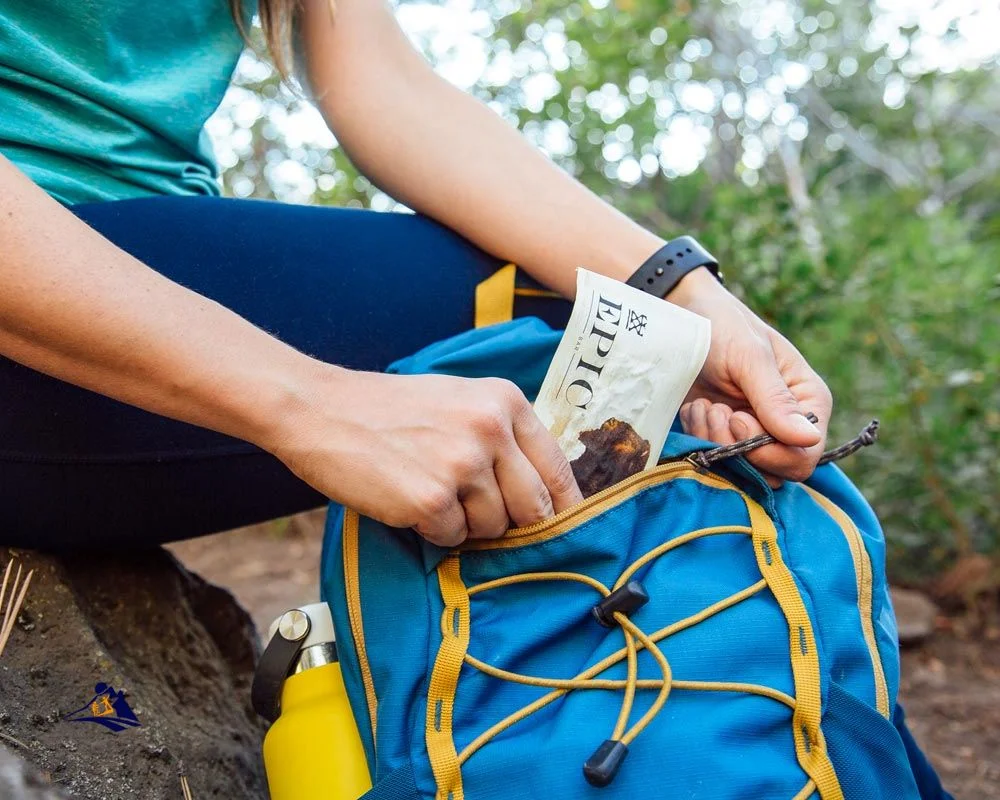
In addition to staying hydrated, nourishing your body with the right foods is vital for maintaining energy levels during the trek. Pack lightweight and nutrient-dense snacks such as trail mix, energy bars, and dried fruits to keep you fueled throughout the day. These snacks provide a quick source of carbohydrates and proteins that can be easily digested and converted into energy. It is also important to have regular meals that include a balance of carbohydrates, proteins, and fats. Sapa offers a variety of local cuisine, including hearty soups, grilled meats, and fresh vegetables, which can provide the necessary nutrients for your trek. However, it is advisable to research and choose reputable restaurants or eateries to ensure food safety and hygiene standards are met.
Sapa 1 Day Tours

- 1 day experience
- Moderate to challenging
- Cultural immersion & active adventure
- Rice fields, valleys & villages
- Private tours
- Vegan-friendly
Sapa 2 Day Tours

- 2 days 1 night experience
- Moderate to challenging
- Cultural immersion & active adventure
- Mountains, valleys, rice fields and villages
- Private tours
- Vegan-friendly
Sapa 3 Day Tours

- 3 days 2 night experience
- Moderate to challenging
- Cultural immersion & active adventure
- Mountains, valley, rice fields & villages
- Private tours
- Vegan-friendly
Sapa 4 Day Tours

- 4 days 3 night experience
- Moderate to challenging
- Cultural immersion & active adventure
- Mountains, valleys, rice fields & villages
- Private tours – Less Touristic
- Vegan-friendly
By prioritizing hydration and nourishment, you can optimize your trekking experience in Sapa. Staying hydrated will prevent fatigue and dizziness, allowing you to fully enjoy the breathtaking landscapes and challenging trails. Nourishing your body with the right foods will provide the sustained energy needed to conquer the rugged terrain. Remember to listen to your body’s signals and refuel whenever necessary. With proper hydration and nutrition, you can embark on a safe and rewarding trekking adventure in Sapa.
Being Aware of Local Customs and Culture
While exploring the beautiful region of Sapa, it is important to familiarize yourself with the local customs and culture. Sapa is home to several ethnic minority groups, including the Hmong, Dao, and Tay people, each with their own unique traditions and way of life. By understanding and respecting these customs, you can ensure a more enriching and respectful experience during your trek.
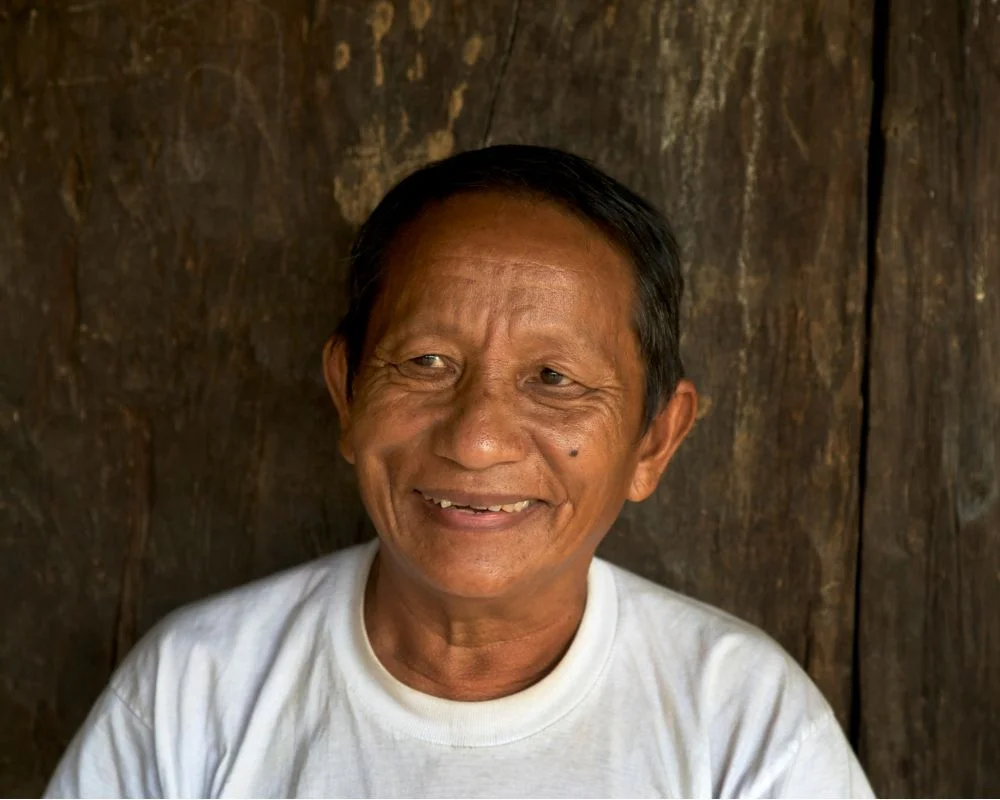
One important aspect of local customs in Sapa is the concept of hospitality. The people in this region are known for their warm and welcoming nature, and it is customary to greet locals with a smile and a friendly “hello”or “xin chao”(hello in Vietnamese). It is also polite to ask for permission before entering someone’s home or taking photographs, as this shows respect for their privacy and personal space. Additionally, it is considered impolite to touch someone’s head, as it is believed to be the most sacred part of the body.
Another important aspect of local culture in Sapa is traditional clothing. Many ethnic minority groups in Sapa wear colorful and intricately embroidered clothing as a way to showcase their cultural identity. It is respectful to admire and appreciate their traditional outfits, but it is important to avoid wearing them yourself unless you have been invited to do so. Wearing traditional clothing without proper knowledge or permission can be seen as disrespectful or appropriative. By being aware of and respecting these customs, you can forge meaningful connections with the locals and gain a deeper understanding of their way of life during your trek in Sapa.
Staying Safe On Treks In Sapa Frequently Asked Questions
What are the common risks and dangers associated with trekking in Sapa?
The common risks and dangers of trekking in Sapa include slippery trails, unpredictable weather conditions, leeches, and the potential for getting lost. It is important to be prepared, wear appropriate gear, and hire a local guide for a safe trekking experience.
Are there any specific precautions I should take to prevent altitude sickness while trekking in Sapa?
To prevent altitude sickness while trekking in Sapa, it’s important to gradually acclimate to the high altitude, stay hydrated, avoid alcohol and smoking, and consider taking medication like acetazolamide if recommended by a doctor.
How do I navigate through the dense forests and steep terrains in Sapa?
To navigate through the dense forests and steep terrains in Sapa, it is important to have a local guide who is familiar with the area. They can provide guidance and ensure your safety throughout the trek.
Are there any dangerous wildlife or insects I should be aware of while trekking in Sapa?
While trekking in Sapa, it’s important to be aware of potential dangerous wildlife and insects. Take precautions against encounters with snakes, spiders, and mosquitoes by wearing appropriate clothing and using insect repellent.
What are the emergency protocols in case of an injury or accident during a trek in Sapa?
In case of an injury or accident during a trek in Sapa, it is important to stay calm and seek immediate help from local authorities or guides. They will assist you with necessary medical attention and evacuation if needed.
Conclusion
In conclusion, when embarking on treks in Sapa, it is crucial to prioritize safety. Understanding the terrain and weather conditions is essential to ensure a smooth and secure journey. Additionally, packing the right gear and equipment, such as sturdy shoes, a raincoat, and a first aid kit, can greatly contribute to staying safe on the trails.
Furthermore, planning and researching your route beforehand will help you avoid any unexpected challenges or hazards along the way. Being well-prepared and knowledgeable about the area will allow you to make informed decisions and prevent any potential accidents or mishaps. Lastly, it is important to respect and be aware of the local customs and culture, as this will help you navigate the trails and interact with the local community more harmoniously. By following these guidelines, you can ensure a safe and enjoyable trekking experience in Sapa.
Sapa 1 Day Tours

- 1 day experience
- Moderate to challenging
- Cultural immersion & active adventure
- Rice fields, valleys & villages
- Private tours
- Vegan-friendly
Sapa 2 Day Tours

- 2 days 1 night experience
- Moderate to challenging
- Cultural immersion & active adventure
- Mountains, valleys, rice fields and villages
- Private tours
- Vegan-friendly
Sapa 3 Day Tours

- 3 days 2 night experience
- Moderate to challenging
- Cultural immersion & active adventure
- Mountains, valley, rice fields & villages
- Private tours
- Vegan-friendly
Sapa 4 Day Tours

- 4 days 3 night experience
- Moderate to challenging
- Cultural immersion & active adventure
- Mountains, valleys, rice fields & villages
- Private tours – Less Touristic
- Vegan-friendly
